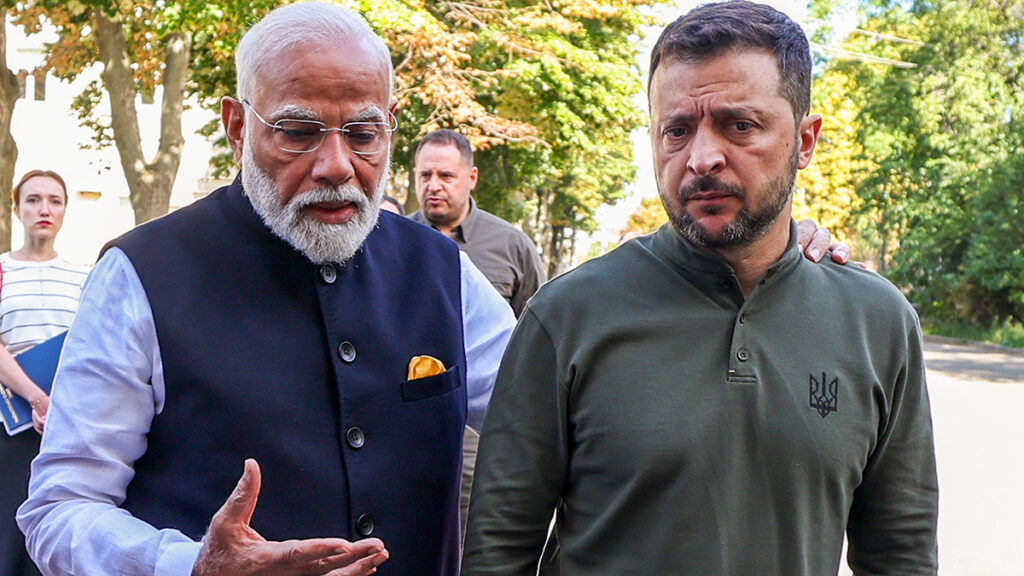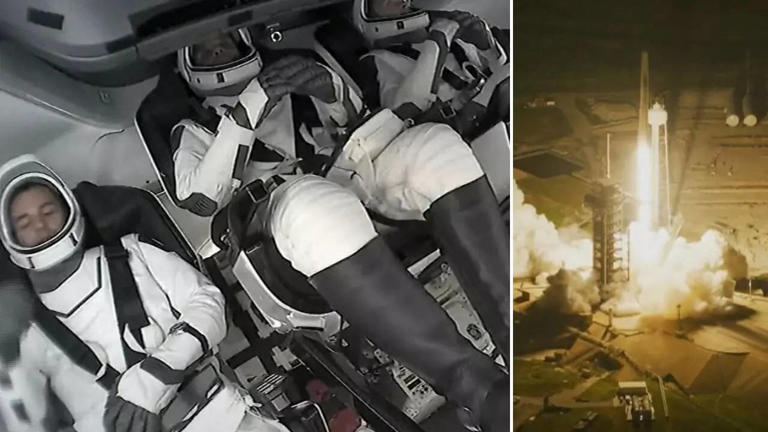Modi Balances Global Tensions Without Taking Sides in War
As the Russia-Ukraine war drags into another year with no ceasefire in sight, Indian Prime Minister Narendra Modi is once again being thrust into the thick of global diplomacy — this time at the G7 Summit in Canada. Among several high-profile bilateral meetings planned on the sidelines of the summit, Modi’s scheduled interaction with Ukrainian President Volodymyr Zelenskyy has drawn considerable attention.
This isn’t just another diplomatic formality. It’s a strategic engagement at a time when the global West is seeking to isolate Russia and India has repeatedly resisted being pulled into a binary of condemnation or compliance. While India continues to import Russian oil and maintain strong defense ties with Moscow, it has also made subtle but important overtures to Ukraine. Modi and Zelenskyy have previously spoken by phone, but this face-to-face conversation — happening amidst intensified geopolitical stakes — sends a strong signal of India’s intent to remain diplomatically engaged with both sides.
The meeting also comes at a time when U.S. President Donald Trump has abruptly exited the G7 Summit to return to Washington amid Israel-Iran tensions, and with several Western powers doubling down on anti-Russia rhetoric. India’s carefully measured approach stands in sharp contrast, rooted in its principle of strategic autonomy and focus on national interest. This interaction, while not signaling any change in India’s stance, gives Modi the opportunity to reiterate calls for dialogue and peace, while maintaining open lines with both Kyiv and Moscow.
Diplomacy with Zelenskyy Without Alienating Russia
India’s neutral stance has attracted both criticism and quiet admiration. While the U.S. and European Union have expressed disappointment at India’s continued trade with Russia, they also acknowledge that New Delhi could play a mediating role in the future. The Modi-Zelenskyy meeting underscores this potential.
In addition to Ukraine, PM Modi is also scheduled to hold bilateral talks with leaders from Germany, Italy, and Canada. These interactions come at a time when India is being courted by the West — not only as a growing economy but also as a counterbalance to Chinese influence in the Indo-Pacific. That strategic positioning gives New Delhi considerable leverage, which it can use to push for multipolar diplomacy and de-escalation on multiple fronts — not just in Europe but also in West Asia and the Indo-Pacific.
Notably, this meeting doesn’t reflect any sudden shift in India’s foreign policy. Rather, it reflects continuity: maintain open dialogue, prioritize peace and stability, and safeguard India’s energy and security interests without aligning blindly with any bloc. As the G7 unfolds with high tensions globally — from Iran’s airstrikes to NATO’s eastward posturing — India’s ability to stay grounded, yet engaged, makes its role more relevant than ever.





















